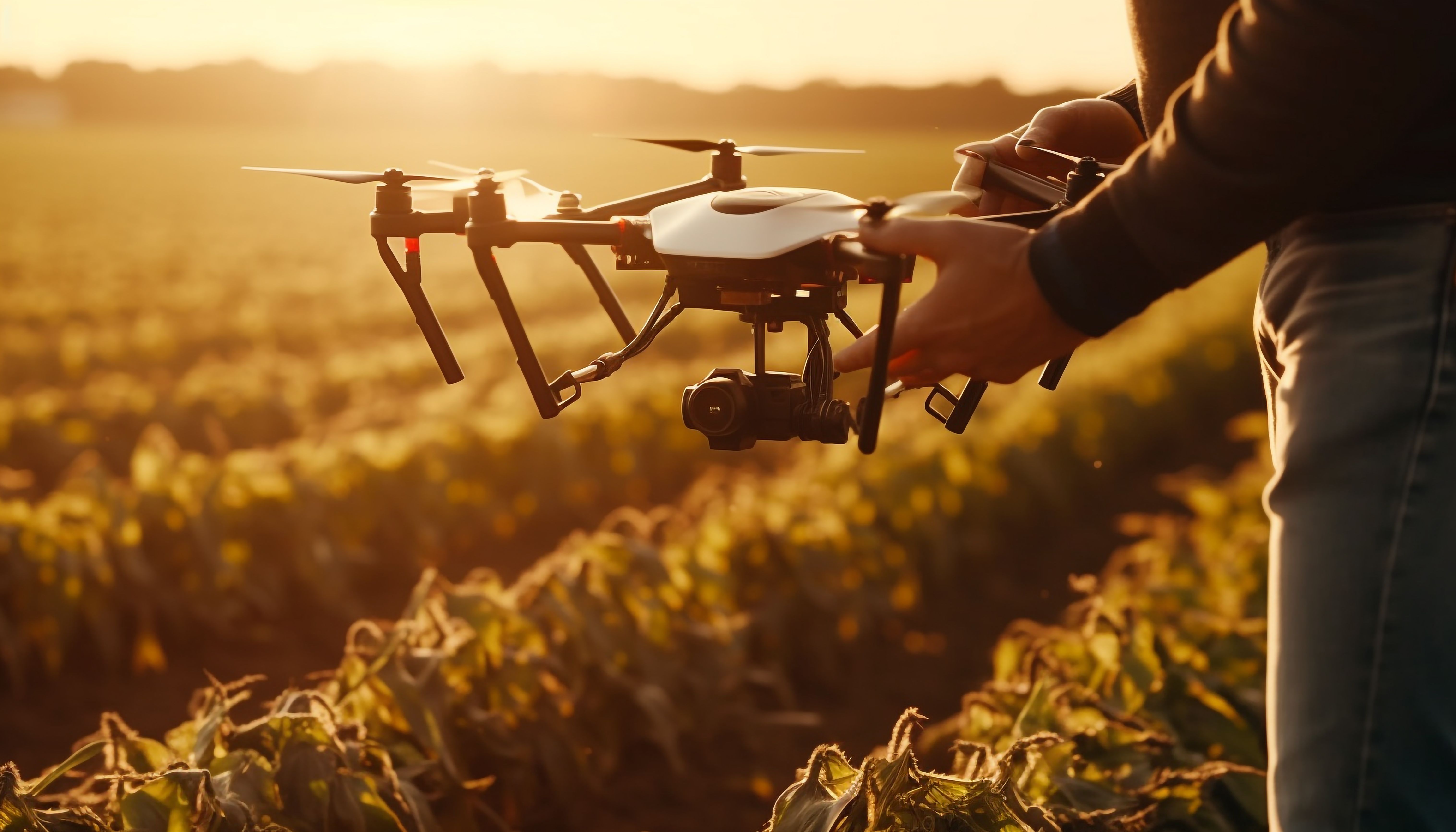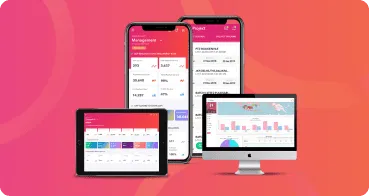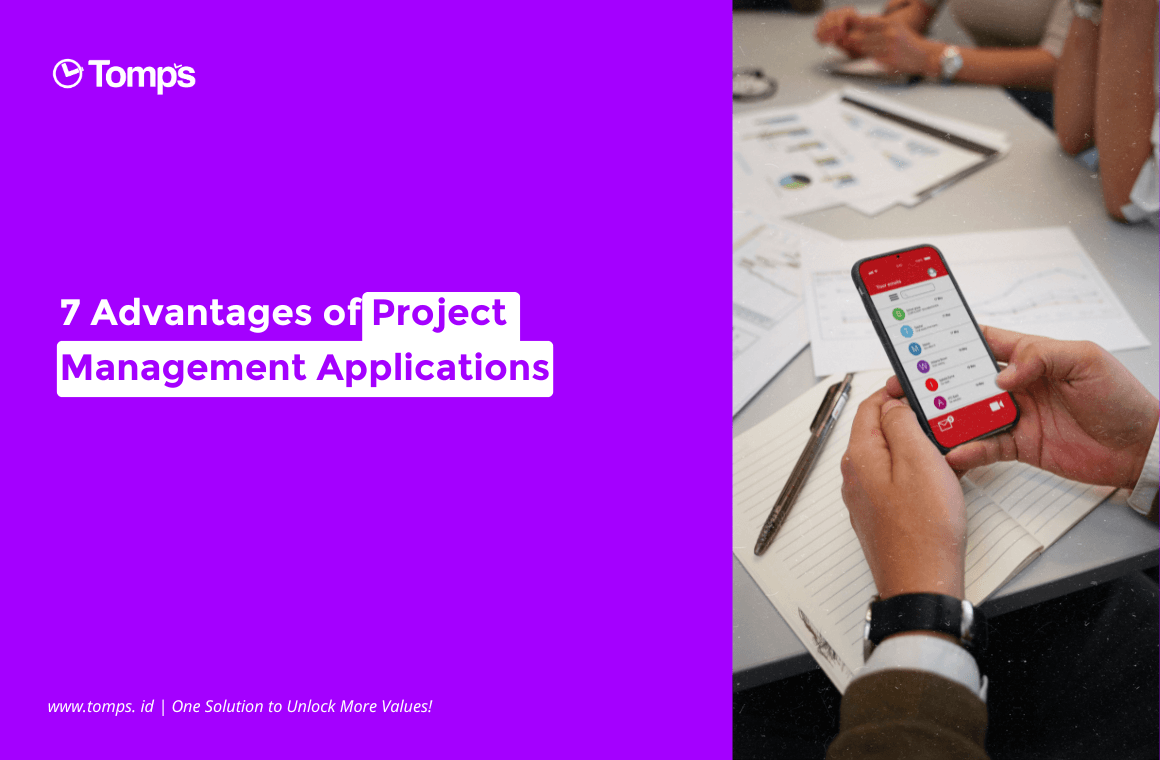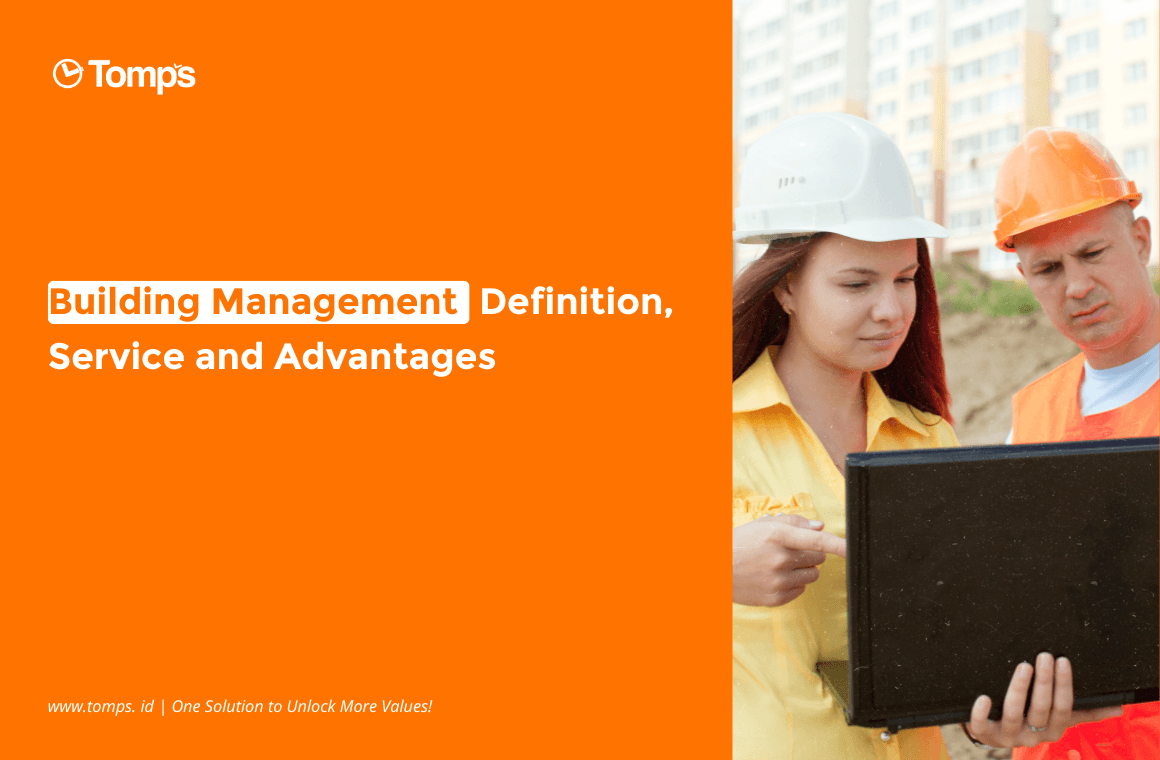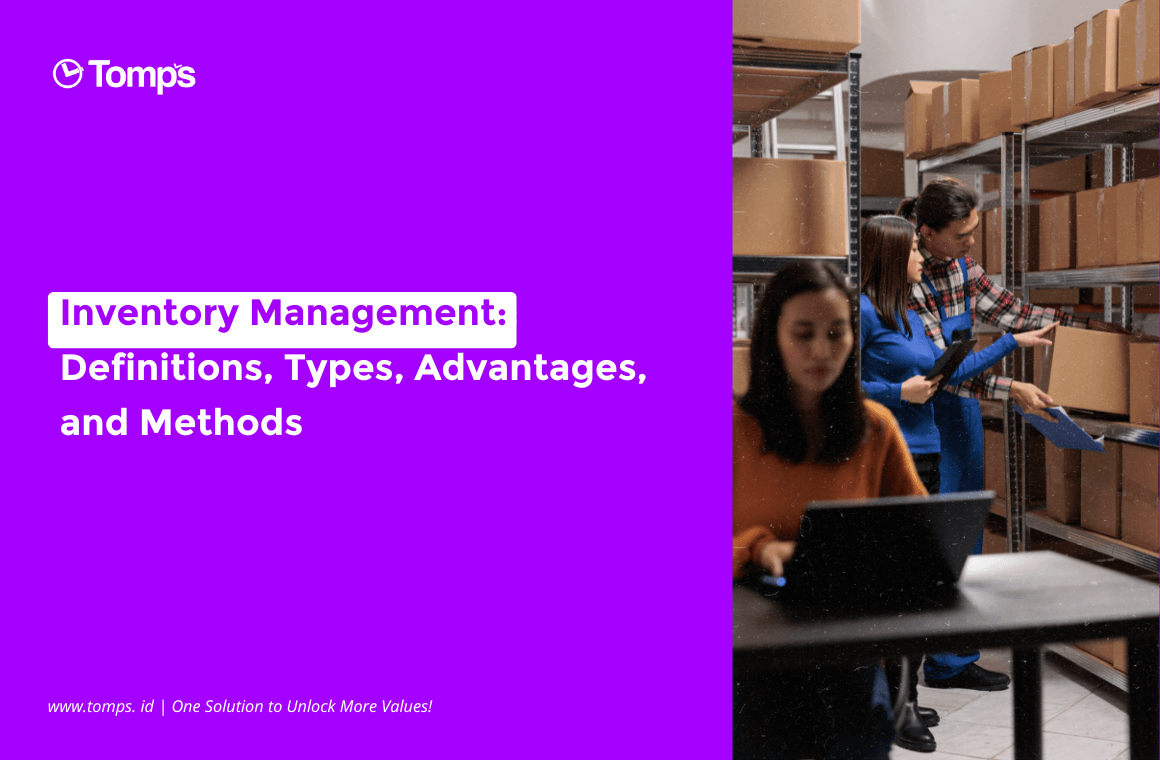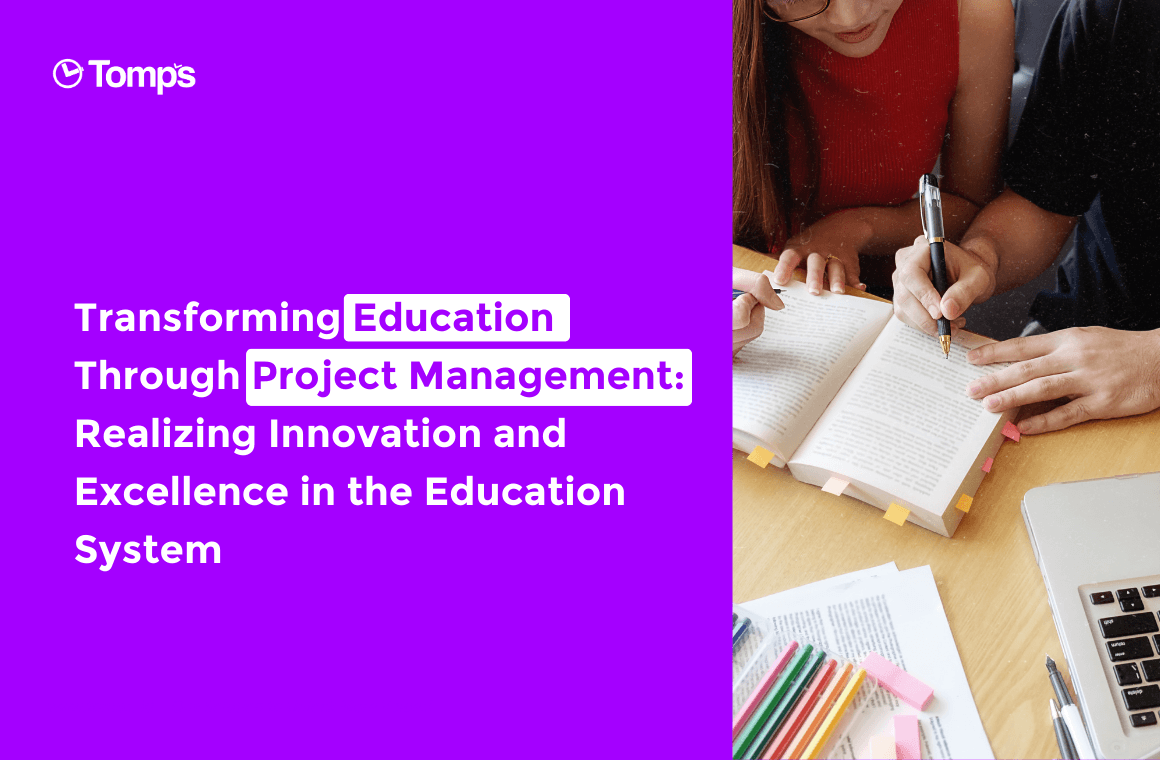Indonesia, with its abundant natural resources and vast agricultural sector, has long been one of the key players in the global economy. However, like every other industry, agriculture in Indonesia faces a number of significant challenges. One of the main challenges is how to increase agricultural productivity, optimize the use of resources, and overcome problems such as pest and plant disease attacks. In an effort to address these issues, modern technology has emerged as a solution in agriculture. It is time for advanced technologies, such as drones, and monitoring systems, such as the Tomps Project, to help change the face of Indonesian agriculture.
In the midst of global competition and climate change, agriculture must adopt innovative solutions to remain competitive. One company that has implemented this technology is CV Drone Tani Riau. They have shown their commitment in integrating this advanced technology into agricultural activities. Reporting from the website faperta.umsu.ac.id, the Faculty of Agriculture of Muhamadiyah University of North Sumatra said that the government claims that the growth of the Indonesian agricultural sector is the highest in the last 10 years. Therefore, let's explore further how CV Drone Tani Riau and Tomps Project technology have brought a revolution in Indonesia's agricultural sector.
CV Drone Tani Riau: Changing the Face of Riau Agriculture
CV Drone Tani Riau is a company based in Riau Province, Indonesia, that has a vision to improve efficiency and productivity in the agricultural sector. They realized that to achieve this, an innovative approach was required. Therefore, they decided to utilize drone technology and advanced monitoring systems to help farmers in the area.
The use of drones in agriculture has a history that involves decades of technological development. Initially, drones were used mainly for farmland observation using visual cameras in the 1980s to early 2000s. Subsequently, the development of sensor technology brought significant changes in the use of drones in agriculture. Drones were equipped with more advanced sensors, such as infrared and multispectral, which allowed them to provide more detailed information about crop health and field conditions. This opened the door for crop growth monitoring, pest and disease monitoring, and topography and soil moisture mapping. In the mid-2010s, the use of drones in agriculture started to become more routine, with farmers and agricultural companies adopting the technology more widely. Today, the use of drones covers a number of applications, from monitoring crop growth to stocking seeds and fertilizers.
Using Drones for Agriculture
One of the major steps taken by CV Drone Tani Riau is the use of drones in their farming activities. Modern drones are equipped with various sensors and smart software that allow for accurate monitoring of farmland. The National Research and Innovation Agency presented several uses of drones for the agricultural sector that CV Drone Tani Riau is also utilizing. The following is the description:
1. Regular Crop Monitoring: Drones are equipped with cameras that can take pictures and videos from a high altitude. This allows farmers to monitor the growth of their crops at regular intervals without having to physically visit each field. With the help of drones, they can quickly identify problems such as drought, pest attacks, or plant diseases.
2. Plant Health Monitoring: Sensors installed in drones, such as Normalized Difference Vegetation Index (NDVI), allow monitoring of plant health with a high degree of accuracy. This helps farmers in taking appropriate actions in terms of fertilization and pest control.
3. Irrigation Monitoring: Drones can also be used to monitor soil and moisture conditions. This information is important in setting up an efficient irrigation system. Thus, water usage can be optimized, saving resources and costs.
4. Topography Monitoring: Drones can map the topography of farmland with a high level of detail. This information is useful in crop layout planning and drainage management.
5. Crop Diversity Monitoring: The use of drones also helps in monitoring crop diversity. This allows farmers to identify areas with specific types of crops and ensure diverse plantings.
Tomps Project: Improving Agricultural Monitoring
In addition to the use of drones, CV Drone Tani Riau also integrates Tomps Project in their agricultural activities. Tomps Project is a comprehensive and integrated monitoring system that enables better collection and analysis of agricultural data. Here are some of the ways Tomps Project helps CV Drone Tani Riau:
1. Farm Status Monitoring: Tomps Project allows CV Drone Tani Riau to monitor the farm status in real-time. They can view data on crop growth, soil conditions, and weather conditions on the spot. This allows for quick and informed decision-making.
2. Farm Progress: The system also allows monitoring of farming progress over time. Farmers can track the progress of their crops from start to harvest. This enables better planning for the next farming season.
3. Resource Optimization: With the data collected by Tomps Project, CV Drone Tani Riau can optimize the use of resources such as water, fertilizers, and pesticides. This helps reduce wastage and negative environmental impacts.
The Future of Integrated Agriculture
By combining the use of drones and monitoring systems such as the Tomps Project, CV Drone Tani Riau has taken agriculture in Riau to the next level. Farmers in this area now have sophisticated tools to assist them in better managing their farmlands.
The use of this technology is not just about increasing productivity, but also about maintaining sustainable and environmentally-friendly agriculture. CV Drone Tani Riau is an example of how technology can be used to create a brighter and more connected future for agriculture.
With various technological advancements constantly evolving, there is no doubt that companies like CV Drone Tani Riau and projects like Tomps will continue to play a role in shaping a better future for Indonesian agriculture. This is a positive step towards more efficient, productive, and sustainable agriculture in Indonesia.
Reference:
Badan Riset dan Inovasi Nasional. (2023, September 26). Peran Teknologi AI dalam Pengembangan Drone dan Sensor di Bidang Pertanian. BRIN - Peran Teknologi AI Dalam Pengembangan Drone Dan Sensor Di Bidang Pertanian. https://www.brin.go.id/news/115459/peran-teknologi-ai-dalam-pengembangan-drone-dan-sensor-di-bidang-pertanianFakultas Pertanian UMSU. (2022, January 4). Teknologi Drone Dukung Sektor Pertanian Indonesia Go Internasional !!! Fakultas Pertanian. https://faperta.umsu.ac.id/2022/01/04/teknologi-drone-dukung-sektor-pertanian-indonesia-go-internasional/


